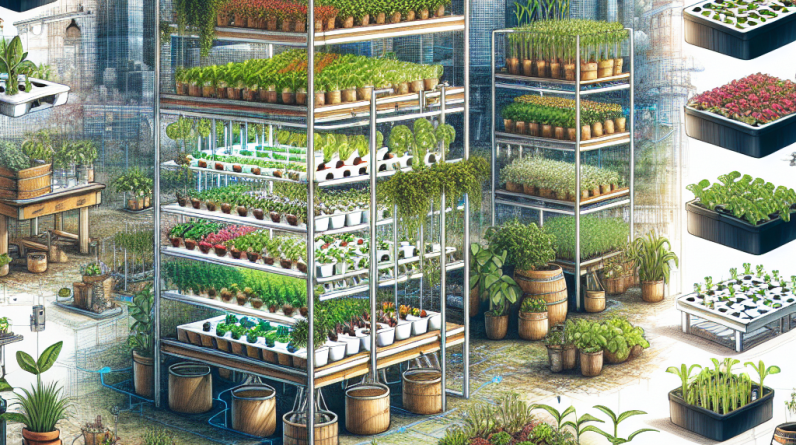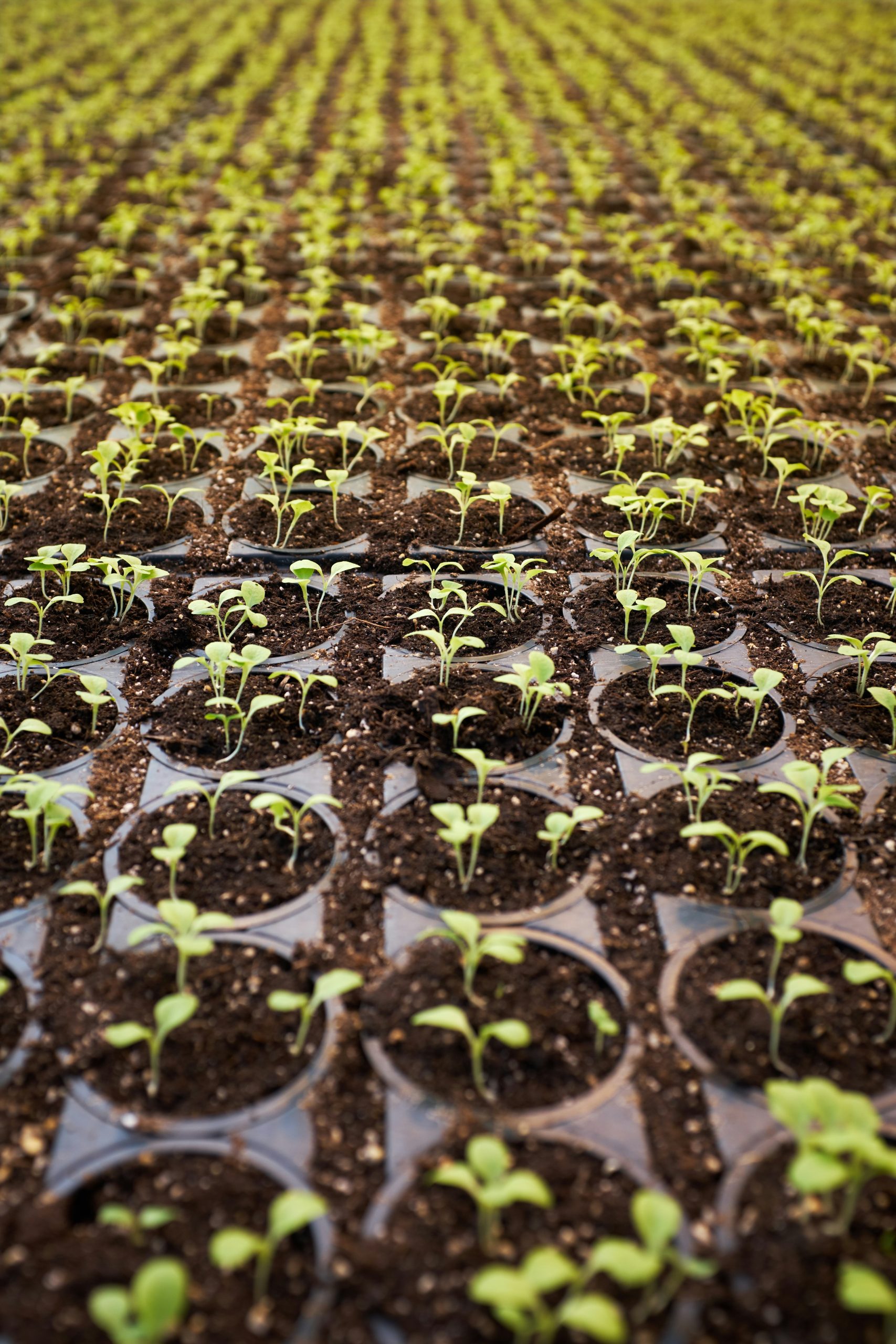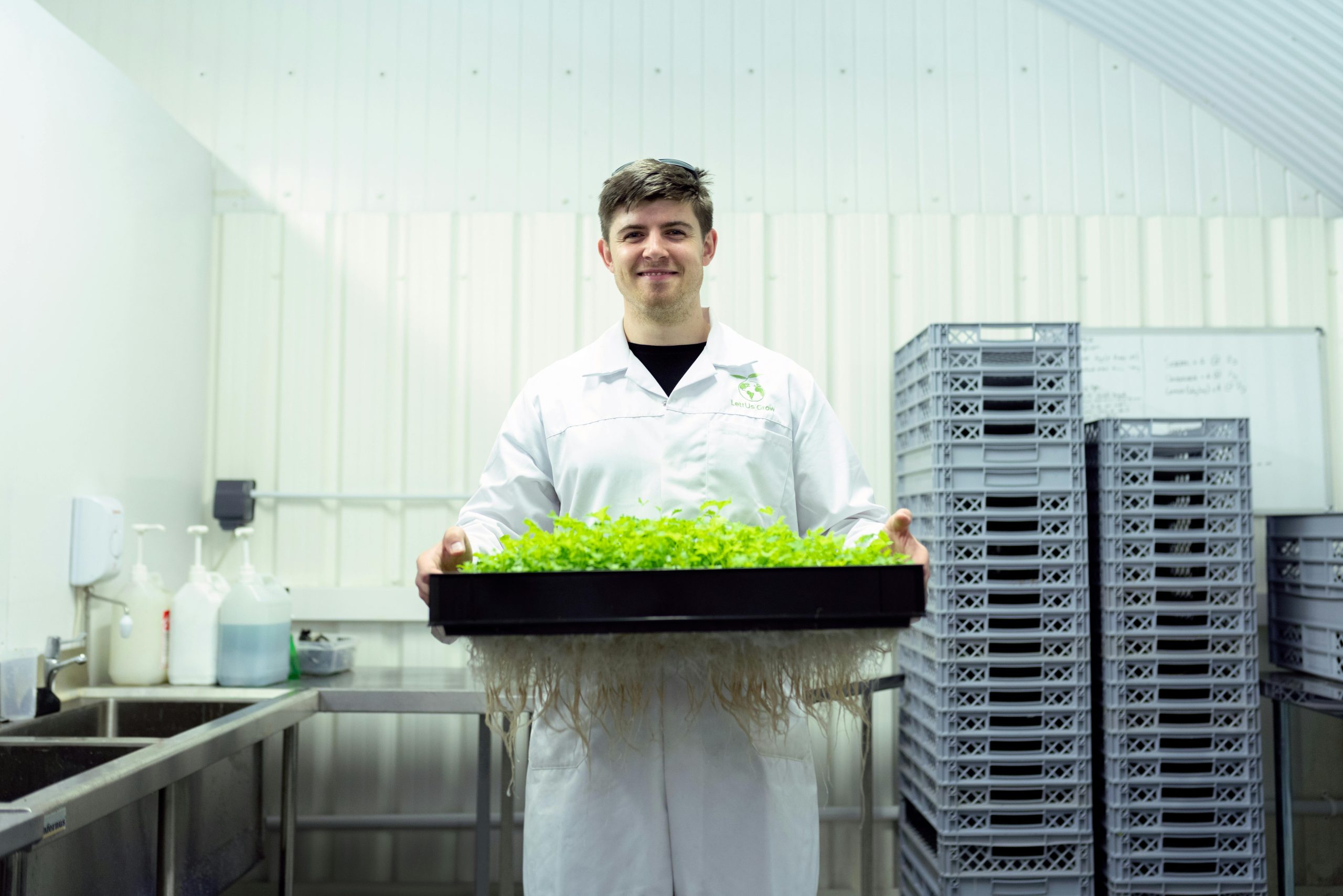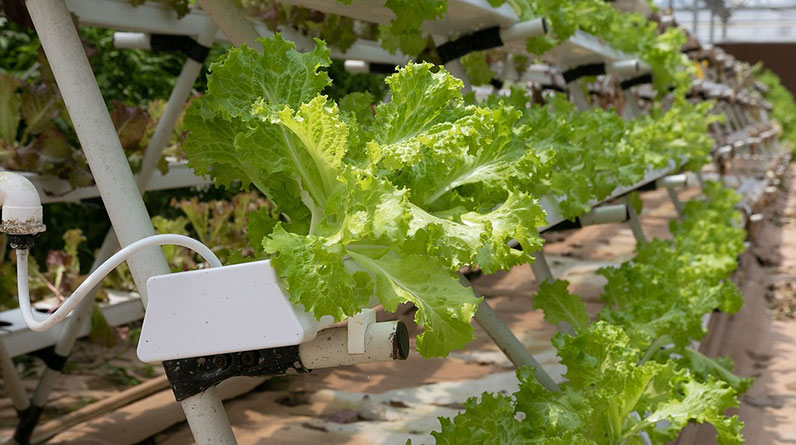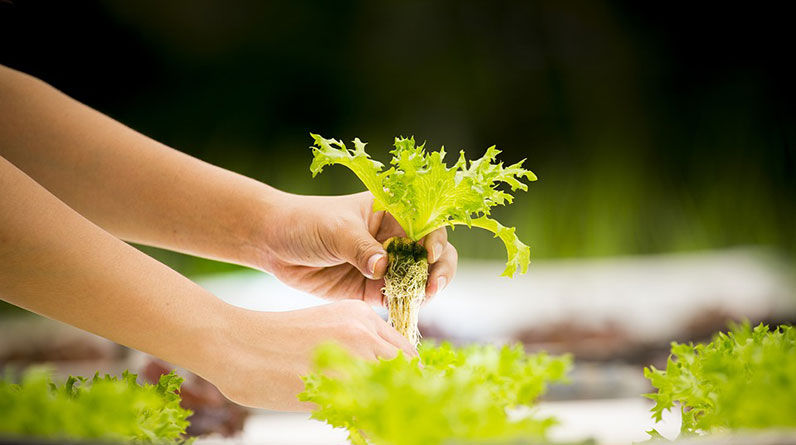- 1. Understanding Hydroponic Growing for Beginners
- 2. Choosing the Right Hydroponic System
- 3. Selecting the Best Plants for Hydroponic Growing for Beginners
- 4. Managing Nutrients and pH Levels
- 5. Setting Up Your Grow Space
- 6. Monitoring and Maintaining Your Hydroponic System
- 7. Troubleshooting Common Issues in Hydroponic Growing for Beginners
1. Understanding Hydroponic Growing for Beginners
What Is Hydroponic Growing?
Hydroponic growing for beginners is an innovative method of cultivating plants without soil, using nutrient-rich water solutions. This technique allows for faster plant growth, higher yields, and cleaner, more controlled gardening environments. In 2025, hydroponics is becoming increasingly popular among urban gardeners and commercial farmers alike due to its efficiency and sustainability.
Unlike traditional soil-based gardening, hydroponics delivers nutrients directly to the roots, eliminating soil-borne pests and diseases. This method is particularly appealing to those with limited space or poor soil quality. Whether you’re growing herbs on your balcony or starting a small-scale vegetable farm, understanding the basics of hydroponic growing is essential for success.
For beginners, it’s important to grasp that hydroponic systems require careful management of water, nutrients, and light. Investing time in learning these fundamentals will significantly improve your chances of thriving as a hydroponic gardener in 2025.
Pros and Cons for Beginners
One of the key reasons why hydroponic growing for beginners is a great choice is the reduced need for physical labor compared to traditional gardening. Plus, hydroponic systems usually use less waterâup to 90% lessâmaking them environmentally friendly. However, beginners should be aware of potential challenges such as system maintenance and initial setup costs.
Starting with simple, beginner-friendly setups can help mitigate these challenges. For example, deep water culture or flood-and-drain systems are beginner favorites because they are straightforward to assemble and maintain. Understanding both the advantages and the pitfalls will help you make informed decisions as you dive into hydroponics in 2025.
2. Choosing the Right Hydroponic System
Popular Hydroponic Systems for Beginners
In 2025, selecting the appropriate hydroponic system is one of the most crucial steps in hydroponic growing for beginners. There are several popular options, each suited to different needs and skill levels. For example, the Deep Water Culture (DWC) system is simple and affordable, making it a top choice for newcomers.
Another beginner-friendly option is the Nutrient Film Technique (NFT), which involves a thin film of nutrient solution flowing over the roots. Ebb and Flow systems, which periodically flood and drain the roots, offer good control and versatility. The key is to choose a system that matches your space, budget, and the types of plants you want to grow.
Consider starting with a small, manageable setup that can be expanded later. As you gain experience, you can experiment with more advanced systems like aeroponics or vertical hydroponic farms. The right choice will ensure a smoother learning process and better yields.
Factors to Consider When Selecting a System
When choosing a hydroponic system for your beginner journey in 2025, focus on factors like ease of setup, maintenance requirements, space availability, and cost. Ensure the system allows for good oxygenation and nutrient delivery, which are vital for healthy plant growth.
Assess your environment: Do you have a dedicated indoor space or outdoor area? Indoor setups may require additional lighting and climate control. Also, think about the types of plants you want to grow, as some systems are better suited for herbs and leafy greens, while others support fruiting plants like tomatoes or peppers.
Finally, prioritize systems that come with good instructional resources or community support. This will make troubleshooting and learning much easier as you embark on hydroponic growing for beginners.
3. Selecting the Best Plants for Hydroponic Growing for Beginners
Ideal Plants for Hydroponic Beginners
In 2025, choosing the right plants is essential for success in hydroponic growing for beginners. Leafy greens like lettuce, spinach, and kale are excellent starting points due to their fast growth cycles and adaptability. Herbs such as basil, cilantro, and mint also thrive in hydroponic systems and are perfect for culinary use.
Fruit-bearing plants like cherry tomatoes and strawberries are increasingly popular among beginners, thanks to their manageable size and high yields. These plants tend to grow quickly under proper conditions and provide rewarding harvests that motivate new hydroponic gardeners.
Starting with these easy-to-grow, high-yielding plants will help you build confidence and gain experience. As your skills grow, you can venture into more complex crops like peppers or cucumbers, expanding your hydroponic growing for beginners expertise.
Tips for Plant Selection
Choose plants that suit your climate, available space, and personal preferences. Consider the growth duration and harvest cyclesâshorter cycles allow more frequent harvests and quicker learning. Additionally, select plants with similar nutrient and light requirements to optimize your system’s efficiency.
Research the specific needs of your chosen plants, including light intensity, temperature, and humidity. Investing in quality seeds and ensuring proper germination techniques will lead to healthier, more productive plants.
Remember, starting with a small number of carefully selected plants simplifies management and sets the foundation for success in hydroponic growing for beginners in 2025.
4. Managing Nutrients and pH Levels
Essential Nutrients for Optimal Growth
In 2025, understanding nutrient management is fundamental to hydroponic growing for beginners. Plants need a precise mix of macronutrientsânitrogen, phosphorus, and potassiumâas well as micronutrients like magnesium, calcium, and iron. Carefully balancing these nutrients ensures vigorous plant growth and high yields.
Pre-mixed hydroponic nutrient solutions are widely available and simplify the process for beginners. These solutions are formulated specifically for hydroponic systems, reducing the risk of deficiencies or toxicities. Regularly monitoring and adjusting nutrient concentrations based on plant growth stages is key to success.
Implementing a routine for mixing, measuring, and recording nutrient levels helps develop good habits and prevents issues like nutrient lockout or imbalance, which can stunt plant growth.
Monitoring and Adjusting pH Levels
Maintaining the correct pH, typically between 5.5 and 6.5, is critical in hydroponic growing for beginners. pH affects nutrient availability; if it’s too high or too low, plants can’t absorb essential nutrients properly. Regular testing with pH meters or test strips is necessary for optimal results.
Adjusting pH involves adding pH up or pH down solutions, which are affordable and easy to manage. Consistent pH checksâat least weeklyâare recommended to prevent issues and promote steady plant growth.
Keep detailed records of your pH and nutrient levels to better understand patterns and make proactive corrections, ensuring your hydroponic system remains balanced and productive in 2025.
5. Setting Up Your Grow Space
Indoor vs. Outdoor Hydroponic Growing
Deciding whether to set up your hydroponic garden indoors or outdoors is an important step for beginners in 2025. Indoor setups offer precise control over environmental factors like temperature, humidity, and light, making them ideal for year-round growing and convenience.
Outdoor hydroponic systems can save space and reduce costs but require protection from pests, weather fluctuations, and extreme temperatures. If you choose outdoor gardening, consider using protective covers or shade structures to shield your plants and maintain stability.
Assess your available space, resources, and climate conditions to determine the best environment for your hydroponic growing for beginners journey.
Lighting and Climate Control
Proper lighting is crucial, especially for indoor hydroponics. LED grow lights with adjustable spectrums are highly effective and energy-efficient for 2025. Set your lighting schedule to mimic natural sunlightâtypically 14-16 hours a day for most vegetables and herbs.
Climate control systems, including fans, heaters, and humidifiers, help maintain optimal conditions. Keeping temperature between 65-75°F (18-24°C) and humidity around 50-70% promotes healthy plant development. These adjustments might seem complex initially but become manageable with practice.
Investing in a good grow tent or dedicated grow room can streamline your setup and maintenance process, making hydroponic growing for beginners in 2025 more straightforward and enjoyable.
6. Monitoring and Maintaining Your Hydroponic System
Regular System Checks
In 2025, consistent monitoring is key to successful hydroponic growing for beginners. Check your system daily for water levels, signs of algae, pests, or disease. Make sure pumps, aerators, and lights are functioning properly to prevent system failures.
Use reliable tools like digital pH meters and EC meters to accurately measure water quality and nutrient concentration. Consistent data collection helps identify trends and potential issues before they escalate.
Keeping detailed records of system parameters not only helps troubleshoot problems but also enhances your overall understanding, leading to more productive, sustainable growth.
Maintenance Tips to Keep Plants Healthy
Change nutrient solutions approximately every 2-3 weeks to prevent salt buildup and maintain nutrient balance. Clean reservoirs and tubing regularly to prevent algae and bacterial growth.
Inspect plant roots for signs of rot or pests. Healthy roots should be white or light tan, with no foul smell. Address issues promptly by adjusting environmental conditions or treating pests organically.
By staying vigilant and proactive, you will maximize your success in hydroponic growing for beginners, ensuring a rewarding gardening experience in 2025.
7. Troubleshooting Common Issues in Hydroponic Growing for Beginners
Addressing Nutrient Deficiencies
Nutrient deficiencies are a common challenge in hydroponic growing for beginners. Symptoms include yellowing leaves (nitrogen deficiency), stunted growth (potassium deficiency), or poor root development. Regular testing and prompt correction are essential to keep plants healthy.
Ensuring a complete and balanced nutrient solution tailored to your plants’ growth stage can prevent deficiencies. Additionally, maintaining proper pH levels ensures nutrients are available for absorption.
In 2025, many hydroponic nutrient products now include comprehensive instructions and diagnostic tools, simplifying this aspect for newcomers.
Pest and Disease Control
Pests like aphids or spider mites can infest hydroponic systems, especially if plants are grown outdoors or in less controlled environments. Diseases such as root rot may develop if water quality isn’t maintained.
Prevention is the best strategyâkeep your system clean, monitor regularly, and quarantine new plants before introduction. Use organic pest control methods, like neem oil or insecticidal soaps, when needed.
By understanding and quickly addressing these common issues, your hydroponic growing for beginners experience will be more successful and less stressful in 2025.
Conclusion
Embarking on hydroponic growing for beginners in 2025 is an exciting journey filled with learning and rewarding harvests. By following these 7 effective tipsâunderstanding your system, selecting suitable plants, managing nutrients and pH, setting up your grow space, diligent monitoring, and troubleshootingâyou’ll set yourself up for success. Remember, patience and consistency are key in the hydroponic world. As you gain experience, you’ll find that hydroponic growing offers a sustainable, efficient, and enjoyable way to produce fresh food all year round. Start small, stay curious, and watch your hydroponic garden thrive!


